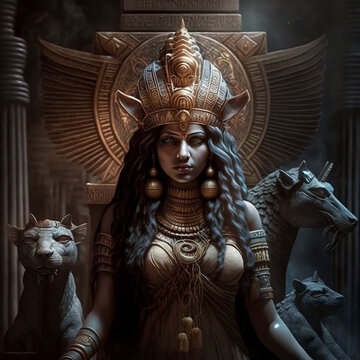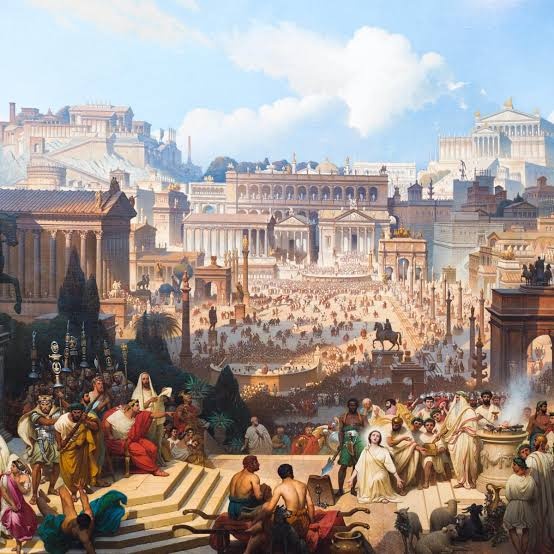The Enigmatic Epileptic Demon: Fact or Fiction?

The Enigmatic Epileptic Demon: Fact or Fiction? Throughout history, humanity has been filled with myths and ancient legends that delve into captivating and mysterious subjects. One such topic is the "Enigmatic Epileptic Demon," a entity depicted as a strange monster associated with cases of epilepsy and enigmatic phenomena. But is this creature a reality or merely a product of imagination? Over the ages, myths and ancient tales have passed down stories about the Enigmatic Epileptic Demon, portrayed as a terrifying beast with horns on its head, believed to be responsible for the epileptic conditions that afflict people. Its appearance varies and is shaped by different depictions and cultural heritages, but it retains an inhuman and enigmatic nature. Narratives and myths serve as the primary sources of information about the Enigmatic Epileptic Demon, with no tangible evidence confirming its existence as a real entity. Its emergence is attributed to the realm of imagination an...





